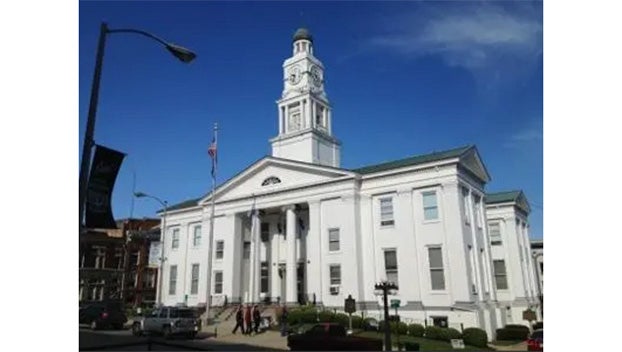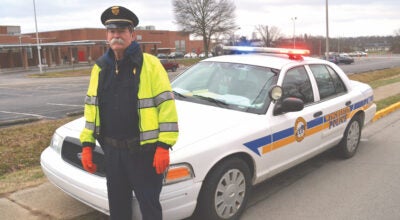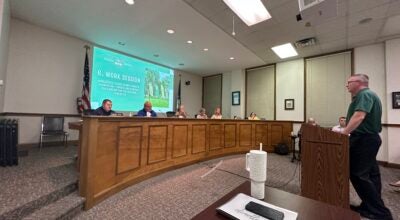City and county firefighters help with tornado rescue and recovery
Published 3:23 pm Monday, December 20, 2021
|
Getting your Trinity Audio player ready...
|
Emergency personnel in Winchester and Clark County train and prepare for the worst, even when they are needed to help far away.
Still, it is rare to get the call to leave home.
“Typically we stay within a 12 county region with the Bluegrass Emergency Response Team,” said Lieutenant Nicholas Riggs, a 15-year veteran with the Winchester Fire Department.
It takes an event like a significant natural disaster to pull an emergency response team outside its home base, an event like a historic tornado outbreak.
Western portions of Kentucky were pummeled by violent, long-track tornadoes on Dec. 10 and 11. The twisters left 77 people dead and reduced communities like Mayfield and Dawson Springs to rubble.
The Winchester Fire Department received its emergency activation early on the 11th.
“That gave them around six hours to prepare their equipment and they left around 3 a.m. on Saturday night,” Riggs said.
The first team consisted of Chief Chris Whiteley, Major Matthew Blose and Heith Castle.
The trio, along with personnel from Nicholasville and Lexington, were sent to the Mayfield Consumer Products factory, the symbolic heart of the devastation, where eight workers died and over a dozen more were hospitalized.
“Their job was search and rescue. So they were there with the debris, sorting through the debris piles looking for victims or anybody else,” Riggs said.
After two and half days, the three rotated out and were replaced by another team made up of Riggs and Matthew Moses as well as two members of the Clark County Fire Department, Battalion Chief Will Jordan and James Keesee.
The team was initially assigned to Graves County, where Mayfield is located, but were reassigned to Benton in Marshall County to assist in hazard mitigation efforts.
“They were given maps of the area affected and went in and searched houses that were destroyed looking for gas meters and any other hazardous substances. If it was like propane cylinders, those were carried to the street and GPS marked,” Riggs explained about the task.
In his entire career, Riggs had never seen anything like what he encountered in the Jackson Purchase.
“Anywhere the path was, it was just total devastation,” he said. “The path was probably 200-300 hundred yards wide and then for the next 100 yards it was partial destruction of structures.”
While emergency personnel worked, donation efforts back in Clark County were underway. Efforts that have not gone unnoticed.
“I know that it is very appreciated by the people in that area,” Riggs said.
He was also impressed by how organized the operation was in which the aid was being distributed.
“They are doing a really good job trying to organize the aid coming in. They had gymnasiums set up where one side was the reception of aid and the other side was distribution. So they were quickly trying to not let it stick stagnant and get it to people who need it,” Riggs said.
Another important outcome of the trip was that all involved had a chance to learn from the experience.
“One big aspect of it was that we also are going to experience that so we can bring that knowledge back and use it to better prepare for our own area in the future,” Riggs said.





